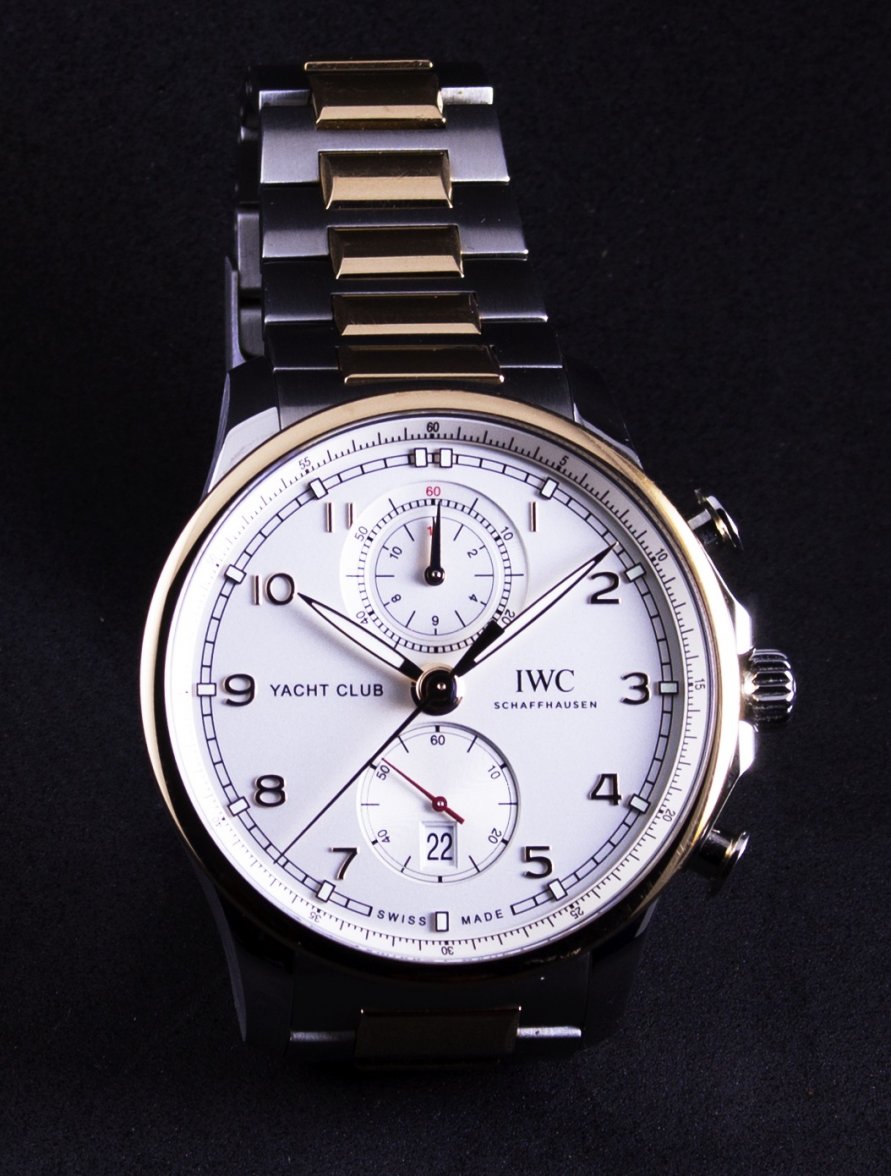There are two types of screw down crown designs. One has a clutch inside the crown that disengages the part of the crown you are turning from the portion that is connected to the winding stem, when the spring inside the crown is compressed. Rolex uses this design, as do others.
Others do not have this clutch, so when the crown turns, the stem turns. The crown still has the telescopic function, but there’s no clutch inside. Omega uses this design on many of their more modern watches.
The design that has the clutch inside can fail, and I’ve had many in my shop that have done so. Personally, I much prefer the style without the clutch, as they are more reliable over time.
The only time the clutch is actually needed is if the watch is a manual winding watch, where the mainspring winds to a hard stop. Examples of those are manually wound vintage Rolex, modern Panerai Radiomir models, etc.
Cheers, Al
